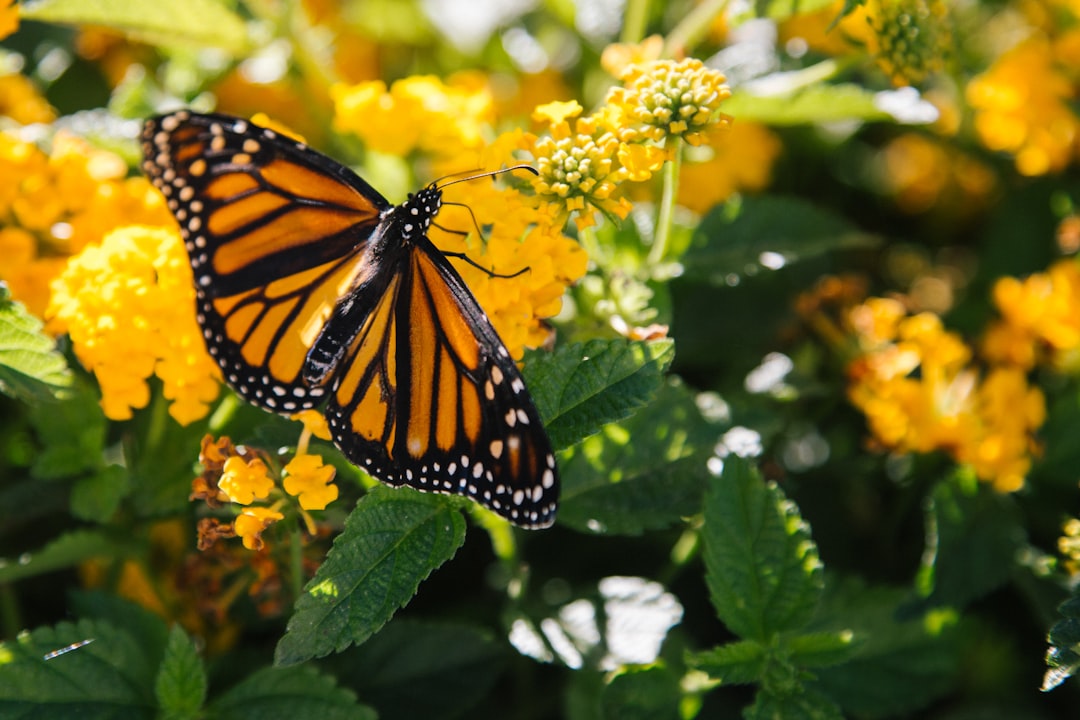Flowers have captivated humanity for centuries, not only for their vibrant colors and intricate designs but also for the joy and benefits they bring to our lives and the environment. Whether you're an avid gardener or just starting with a small patch of soil, growing flowers can be a deeply rewarding experience. Beyond aesthetics, flowers play a critical role in supporting pollinators that are essential for ecosystems around the globe.
1. A Feast for the Senses
One of the most immediate joys of growing flowers is the sensory experience they offer. The vivid hues of marigolds, the delicate scent of roses, and the soft texture of sunflower petals transform any space into a living artwork. Flowers can brighten gardens, patios, and balconies, offering a daily dose of beauty and tranquility.
The act of tending to flowers—whether sowing seeds, watering, or simply observing their growth—has therapeutic effects. Gardening is known to reduce stress and improve mental health, providing a grounding activity that connects us with nature.
2. Supporting Pollinators: A Global Responsibility
Pollinators such as bees, butterflies, and birds are crucial for food production and maintaining biodiversity. By growing flowers, you create habitats rich in nectar and pollen, helping these vital creatures thrive.
Certain flowers, like lavender, coneflowers, and milkweed, are especially attractive to pollinators. Incorporating native species into your garden further supports local ecosystems, ensuring that the plants and pollinators in your area flourish together.
In a time when pollinator populations are under threat due to habitat loss and pesticide use, every flower-filled garden becomes a small but significant sanctuary.
3. Enhancing Community and Culture
Growing flowers has the power to unite communities. Public flower gardens become shared spaces where neighbors can connect, exchange ideas, and find inspiration. Festivals celebrating blooms—such as cherry blossom events in Japan or tulip festivals in the Netherlands—demonstrate the cultural impact of flowers worldwide.
Flowers also carry symbolic meanings, adding depth to celebrations and traditions. Whether it's red roses for love or marigolds for remembrance, these blooms convey emotions and stories that transcend language.
4. Practical Benefits: From Soil to Sustainability
Flowers do more than please the eye—they contribute to environmental health. Many species improve soil quality, prevent erosion, and attract beneficial insects that act as natural pest controllers. Perennials like daisies and black-eyed Susans can stabilize soil, while sunflowers extract toxins, revitalizing degraded land.
Growing flowers can also make your home more sustainable. Planting a diverse mix of flowers alongside fruits and vegetables promotes a healthy garden ecosystem, reducing the need for chemical fertilizers and pesticides.
5. Getting Started: A Flower Garden for Everyone
Starting a flower garden doesn't require a green thumb or a large yard. Here are a few simple steps to get you going:
-
Choose Your Flowers: Select flowers suited to your climate and sunlight conditions. Consider a mix of annuals for instant gratification and perennials for long-term blooms.
-
Prepare Your Soil: Healthy soil is the foundation of a thriving garden. Enrich it with compost and organic matter.
-
Plant with Purpose: Include native species and pollinator-friendly plants to maximize environmental benefits.
-
Enjoy the Process: Gardening is a journey. Celebrate every sprout, bud, and bloom.
Flowers remind us that even small efforts can lead to extraordinary beauty and impact. Whether you're growing them for their aesthetic appeal, to support pollinators, or to enjoy their cultural significance, flowers bring joy and meaning to our lives. By cultivating a garden—no matter how small—you contribute to a healthier planet while creating a personal haven of peace and color.

Comments
No comments yet. Be the first to comment!
You must be logged in to comment. Login